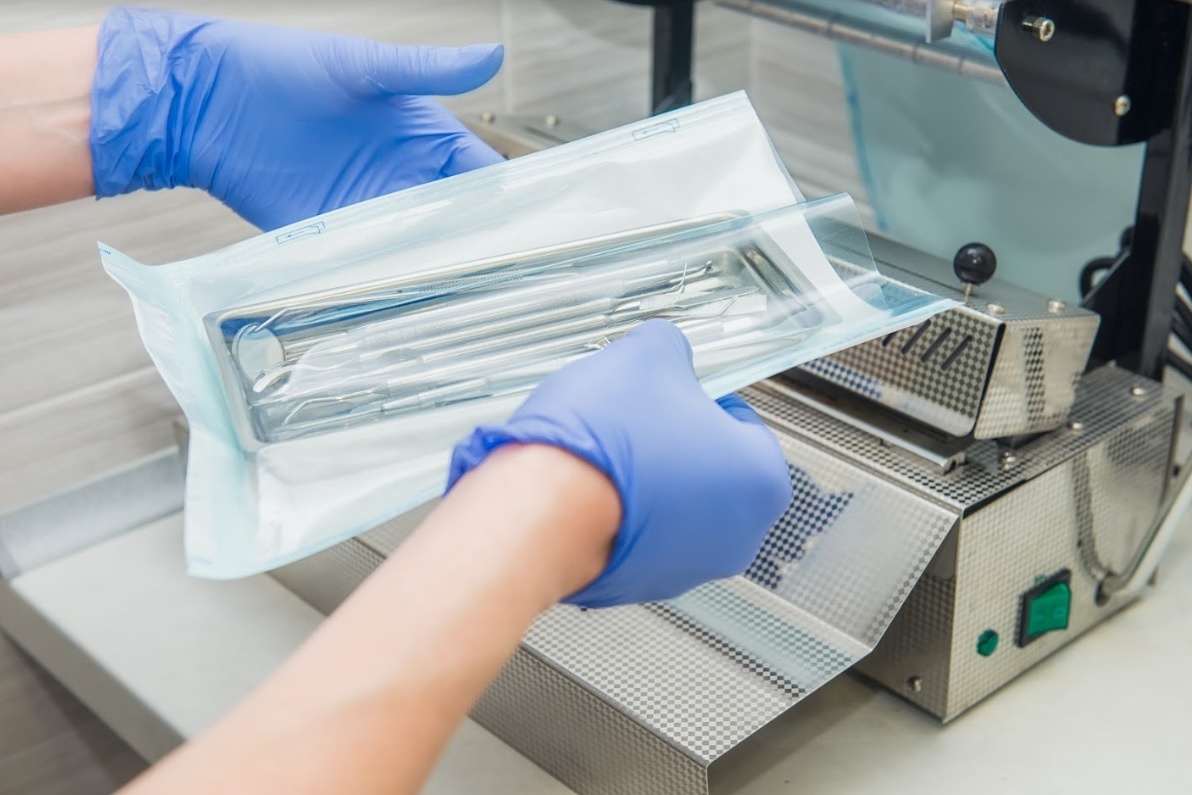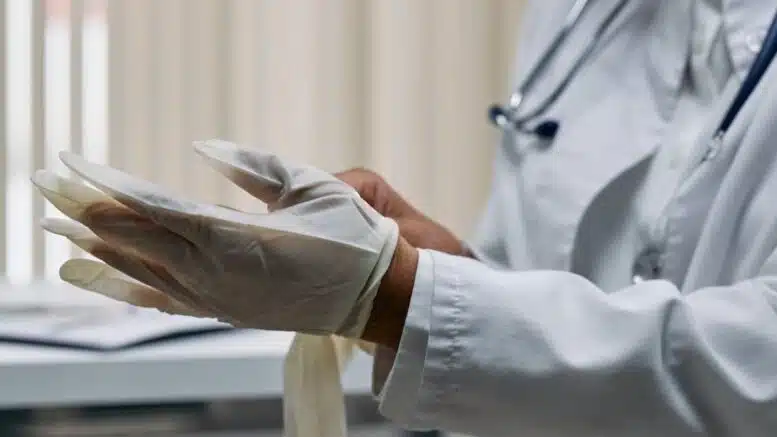For many men, the vasectomy procedure is a viable option for effective family planning and permanent contraception. However, before making a decision to undergo the procedure it is important to have all the facts at hand in order to make an informed decision. That is why we have compiled this comprehensive list of information related to everything you need to know about a vasectomy. From defining exactly what it entails and recognizing any potential risks associated with it, down to pre-procedure preparation guidelines and post-op care methods – we want you to be aware of all aspects surrounding this procedure so that you can feel confident in your choice when considering a vasectomy as your form of birth control.
What is a Vasectomy and How Does it Work
A vasectomy is a permanent and reliable form of birth control for men, which prevents them from causing pregnancy and can be reversed surgically in certain cases. A vasectomy works by cutting the vasa deferentia (the tube that carries sperm from the testicle to the seminal fluid) to prevent fertilization. In this minimally-invasive procedure, a small cut or puncture (each done under local anesthesia) is made on each side of the scrotum, through which one or two tiny clips are placed on the vasa deferentia and then sealed off. If you want to learn more about vasectomy, you can always consult a Wollongong vasectomy doctor, or your local doctor at any time. In fact, most men can return to everyday activities within a day or two after their vasectomy and experience only minor discomfort, such as soreness around their incision site. This procedure has been widely studied and found to be highly effective – in fact, this type of birth control is 99 percent effective when performed correctly.
What to Expect During The Procedure
Lots of men dread even the thought of a vasectomy, but they can rest assured that the procedure itself is generally quite straightforward. During the actual procedure itself, which tends to take about 15-20 minutes, you should expect to be awake but numb from an anesthetic that will be applied by your doctor. They will make a tiny incision in either your scrotum or abdomen and use a narrow tube connected to a microscope for visualization to locate and cut the vas deferens. Lastly, your doctor will close the opening with a suture or clip and apply antibiotic cream and steri-strips to help prevent any infection from occurring. Furthermore, many doctors recommend wearing tight underwear and refraining from strenuous physical activity for several days afterward in order for the best possible recovery process.
Possible Side Effects or Complications
During any vasectomy procedure, there is always a chance of experiencing side effects or complications. Common short-term discomfort includes swelling or bruising in the scrotal area; soreness; and some bleeding. Long-term risks include chronic pain, infection at the incision site, and (rarely) difficulty getting an erection or a decrease in sexual pleasure. It is also possible that the procedure may fail, meaning sperm could still reach your semen – but the likelihood of this happening is very low if you find a qualified medical professional to do the job. It’s important to talk to your doctor about all possible side effects and precautions to take once you have decided to move forward with a vasectomy.
How Long Does It Take to Recover After A Vasectomy

For a lot of men, a vasectomy is an anxiety-free procedure with minimal recovery time. After the procedure, you may experience some slight discomfort and swelling in the area that was operated on, but this can usually be managed with ice packs and over-the-counter pain medicine. Usually, the healing process takes one to two weeks, though it’s important to have patience and recognize that everybody is different. Complete recovery may take up to three months as sperm production is gradually suppressed. Also, it’s important to refrain from having sex for at least a week following the procedure to avoid any complications or injury to the affected area. With rest and patience, most men make a successful recovery from their vasectomy within a few short weeks.
Other Important Considerations Before Getting a Vasectomy
To minimize pain, some doctors recommend taking ibuprofen an hour before the procedure. It is also recommended that you bring a passenger in case you become uncomfortable due to sedation and must be brought home. Postoperative instructions vary by doctor, but generally include abstaining from athletic activity for up to two weeks and wearing support undergarments for a couple of days following the procedure. Additionally, you will most likely need to see your doctor several times after the completion of the procedure in order to properly evaluate if it was done correctly and if sperm have been found in later tests. All of these considerations should be discussed and weighed before taking this big step toward permanence.
Though there can be some side effects or risks associated with the procedure, with adequate information and expertise from a medical professional, those risks should be minimized. It’s important to understand the different types of vasectomies, what to expect before and after the procedure, and how to care for your body correctly after getting a vasectomy. Doing research ahead of time will help individuals make an informed decision about if or when they want to move forward with such an important choice. Ultimately, it is up to each individual to consider their options and decide what is best for them. Though it can be an intimidating decision at first, being well-informed can provide peace of mind and make this highly effective form of contraception attractive and accessible.
